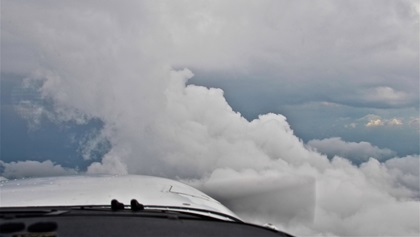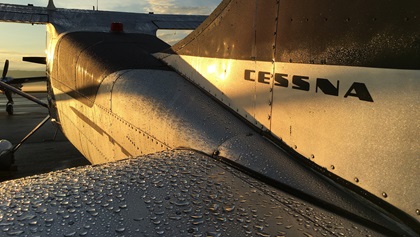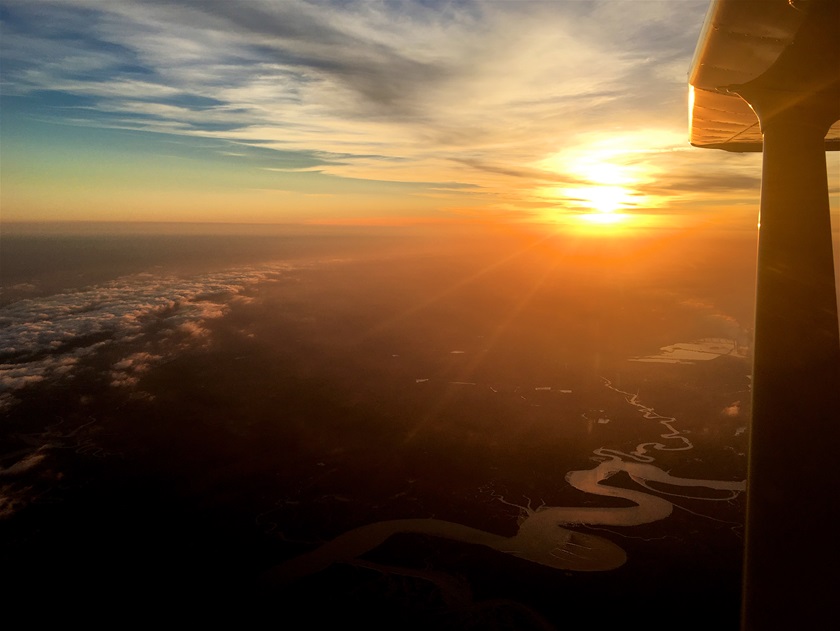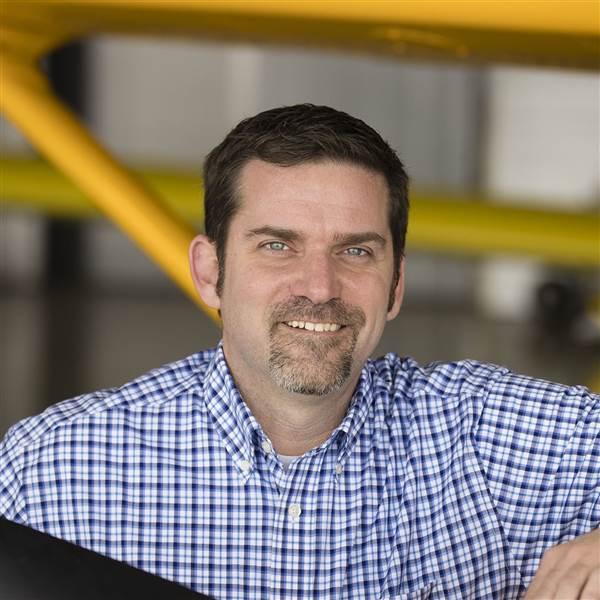VFR Unleashed: Confessions of a logbook
Part Three of a multi-part series on expanding our horizons as VFR-only pilots
As I work on this series about the adventures of being a VFR-only private pilot, it occurs to me that it feels more like a confessional about all the mistakes I have made rather than an account of the countless hours where the world slipped comfortably below me, or the thousands of uneventful landings recorded in my logbook.
I will tell you of scores of amazing experiences that VFR flying has afforded me, and that stretching your wings and going farther is the best thing you can do with your private pilot certificate.
We are not professional pilots. We are practitioners of a wondrous skillset with a short shelf life. Because we typically practice these skills less frequently than our professional pilot peers—or even some of our more active flying friends—we should acknowledge that our practice may not be quite as precise.
Our mistakes, and what we learn from them, are as much an integral part of our piloting skills as any other aspect. I want to bring you with me through a handful of faulty decisions I’ve made, and the healthy fear they instilled in me. Fear can help keep us safe if it is quickly translated into a new decision-making pattern where we think differently in the future.
 Long-range VFR flying has its own unique challenges that are mostly related to making choices. We have to make fairly complex decisions about evolving—and, at times, unpredictable—weather. With the advent of GPS, situational awareness about our precise location is simpler now than when many of us first learned to fly, but we still need to verify that we are indeed where we think we are and understand the implications of weather, airspace, and traffic on where we are heading. And since arrival at our destination is governed more by weather than by our flight plan, we have to make critical decisions about turning back, stopping short, or getting stuck overnight somewhere.
Long-range VFR flying has its own unique challenges that are mostly related to making choices. We have to make fairly complex decisions about evolving—and, at times, unpredictable—weather. With the advent of GPS, situational awareness about our precise location is simpler now than when many of us first learned to fly, but we still need to verify that we are indeed where we think we are and understand the implications of weather, airspace, and traffic on where we are heading. And since arrival at our destination is governed more by weather than by our flight plan, we have to make critical decisions about turning back, stopping short, or getting stuck overnight somewhere.
When we make those decisions imperfectly, risk can arise. When we make those decisions poorly, risk can quickly turn into danger.
Morbid as it may be, my favorite place to learn about piloting is in reading about accidents, mistakes, near misses, and errors. It keeps me honest. If seasoned professionals can make deadly poor decisions in strictly managed environments like an airline cockpit, then so can I in the relaxed freedom of my VFR recreational flying.

Do I try to duck under that overcast layer in front of me? What is the acceptable altitude that would make that a wise decision? Will the ceiling stay consistent, or could it get lower farther ahead? What about visibility? Did I calculate my fuel burn and consider headwinds properly for this leg? How do I view tomorrow’s weather as an influence in how far I push my trip today? Am I too fatigued to keep pressing on today? Is VFR over the top a safe and acceptable choice? Is the weather I plan to fly around putting me at risk of inadvertent flight into instrument meteorological conditions? Am I willing to get stuck overnight—maybe even for several days—if I embark on this trip? Have I fully understood the implications of the special-use airspace in front of me? Am I utilizing air traffic control and flight service resources to their fullest potential?
As you can probably imagine, I have a few entries in my logbook that tell a story behind each of these critical questions, like my flight to EAA AirVenture in Oshkosh, Wisconsin, a few years ago. I will share more stories in the coming weeks so that together we can consider the sober realities of how to keep ourselves and our passengers safe.





